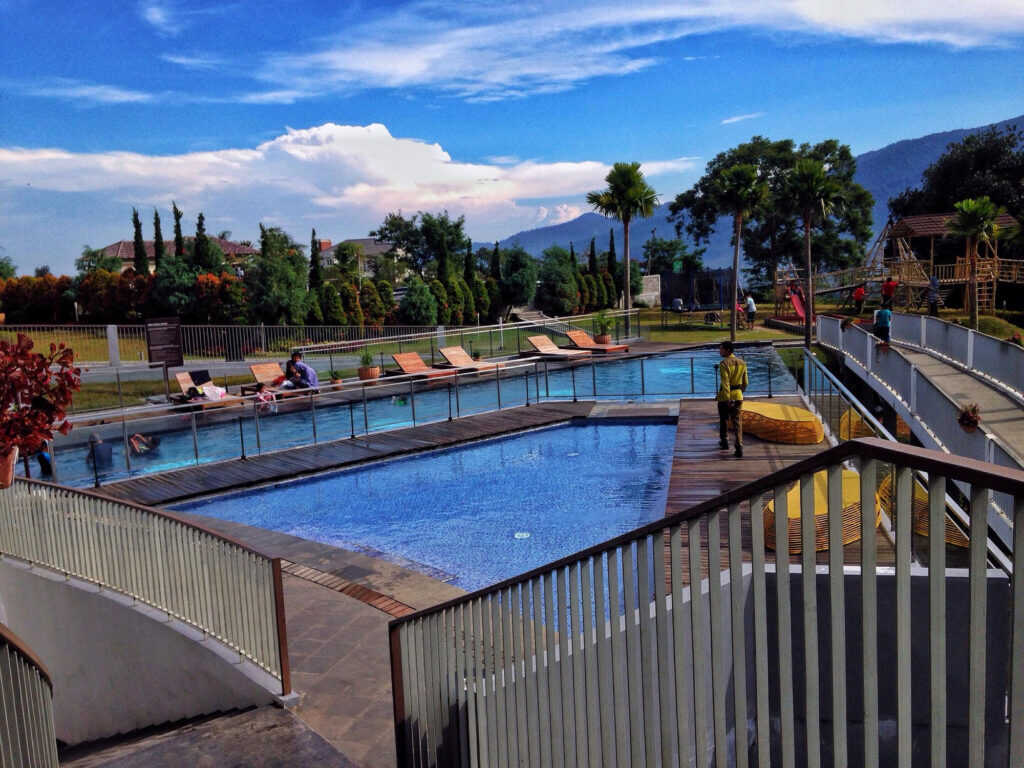Using Heatmaps to Optimize Routes in **Goodyear, Arizona**
Using Heatmaps to Optimize Routes in Goodyear, Arizona
Explore how heatmaps can revolutionize route optimization for pool service businesses in Goodyear, Arizona. Learn practical tips to enhance efficiency and profitability.
Introduction
In today’s fast-paced business environment, efficiency is the name of the game. For pool service businesses operating in Goodyear, Arizona, optimizing routes can mean the difference between a thriving operation and one that struggles to keep up. One of the most effective tools for achieving this optimization is the use of heatmaps. Heatmaps provide visual representations of data, allowing businesses to identify the most populated areas and the most cost-effective routes.
This article dives deep into how heatmaps can be utilized to enhance route efficiency, reduce travel time, and improve customer satisfaction. We’ll discuss the significance of heatmaps in route optimization, the technology behind them, their practical applications, and how they can lead to substantial savings for pool service companies.
Understanding Heatmaps
Heatmaps are visual tools that depict data density over a specific area. For pool service businesses, they can illustrate customer distribution, service frequency, and even traffic patterns.
For instance, if a pool service company in Goodyear notices that certain neighborhoods have a higher concentration of clients, they can adjust their routes to focus on these areas. This not only saves fuel costs but also reduces the time spent traveling between appointments. According to a report from the US Department of Energy, optimizing vehicle routes can save businesses up to 30% in fuel costs.
Moreover, heatmaps can be generated using various data sources such as GPS tracking, customer feedback, and historical service data. By analyzing this information, pool service companies can make informed decisions about where to allocate their resources most effectively.
The Technology Behind Heatmaps
The implementation of heatmaps involves leveraging technology to gather and analyze data. Most commonly, businesses use Geographic Information Systems (GIS) software, which allows them to input customer locations and visualize them in a map format.
Additionally, advanced analytics tools can track service completion times and route efficiency, which are crucial for generating accurate heatmaps. Incorporating mobile applications that capture real-time data from field technicians can make the process even more dynamic.
For example, if a technician reports a service delay in a specific area, that information can be integrated into the heatmap, allowing managers to adapt their strategies on the fly. The ability to visualize data in this way empowers pool service owners to refine operations continuously.
Practical Applications of Heatmaps in Goodyear
When applied effectively, heatmaps can significantly enhance the operational efficiency of pool service businesses. Here are several practical applications specific to Goodyear:
- Optimizing Service Routes: By identifying neighborhoods with the highest customer density, pool service companies can create routes that minimize travel time. For instance, if areas such as Estrella Mountain Ranch show a high density of clients, scheduling multiple appointments in this region consecutively can drastically cut down on fuel and labor costs.
- Targeted Marketing Campaigns: Heatmaps aren’t just for route optimization; they can also inform marketing strategies. If data shows a concentration of potential clients in specific neighborhoods, businesses can run targeted promotions or door-to-door campaigns in those areas to increase their customer base.
- Resource Allocation: Understanding peak service times and active client locations can help businesses allocate resources wisely. For instance, if heatmaps reveal that certain areas require more frequent service, companies can invest in additional manpower or equipment to ensure timely service delivery.
- Improving Customer Satisfaction: By optimizing routes and reducing travel times, pool service businesses can enhance their service reliability. Faster response times can lead to higher customer satisfaction and retention rates, which are crucial in a competitive market.
Real-World Examples of Heatmap Success
To illustrate the effectiveness of heatmaps, let’s consider hypothetical scenarios of pool service businesses in Goodyear.
Suppose a pool service company, AquaCare, began using heatmaps to analyze their service routes. Initially, technicians often spent long hours traveling between appointments, leading to increased costs and customer dissatisfaction. After implementing heatmap technology, AquaCare identified that many of their clients resided in the northern areas of Goodyear.
By adjusting their routes accordingly, AquaCare reduced travel time by 25%, resulting in significant savings on fuel. Additionally, they were able to offer same-day service to more clients, leading to an increase in customer satisfaction scores.
Another example is a company named Blue Oasis, which used heatmaps to execute targeted marketing strategies in the Goodyear area. They discovered a high density of potential clients around the Palm Valley neighborhood. By focusing their marketing efforts in this region, Blue Oasis increased their client acquisition rate by 40% within six months.
Best Practices for Implementing Heatmaps
For pool service businesses considering integrating heatmaps into their operations, here are some best practices to follow:
- Data Quality: Ensure that the data being collected is accurate and up-to-date. Regularly auditing customer information can help maintain data integrity, which is essential for effective heatmap analysis.
- Utilize Advanced Tools: Invest in high-quality GIS and analytics software that can generate dynamic heatmaps. The right tools can facilitate real-time updates and allow for better strategic planning.
- Train Your Team: Employees should understand how to interpret heatmaps and implement their findings into daily operations. Providing training on this technology can lead to more efficient use and better outcomes.
- Continuous Improvement: Use heatmap data not just for initial optimization but also for ongoing assessment. Regularly review and adjust routes based on updated customer data and service patterns.
- Engage with Customers: Customer feedback can provide essential insights into service needs and preferences. Combining qualitative feedback with quantitative heatmap data can lead to well-rounded service strategies.
Conclusion
In the competitive landscape of pool service businesses in Goodyear, Arizona, utilizing heatmaps for route optimization is not just a luxury; it’s a necessity. By understanding customer distribution, optimizing routes, and leveraging technology, businesses can significantly improve their operational efficiency and customer satisfaction.
As the pool maintenance industry continues to grow, those who adopt innovative strategies will be better positioned to thrive. If you’re considering enhancing your pool service business, explore how the integration of heatmaps can transform your operations.
For more insights and guidance on acquiring profitable pool routes, Pool Routes for Sale can provide valuable resources tailored to your needs. Contact us today to explore your options and start your journey toward optimizing your pool service business effectively.



